AZ900: Microsoft Azure Fundamentals
Cloud Computing
Cloud Benefits Part 1
Cloud computing offers significant benefits, including high availability, scalability, predictability, governance, elasticity, reliability, security, and manageability. These advantages might sound abstract at first, but they become clear when addressing specific challenges within a traditional IT environment.
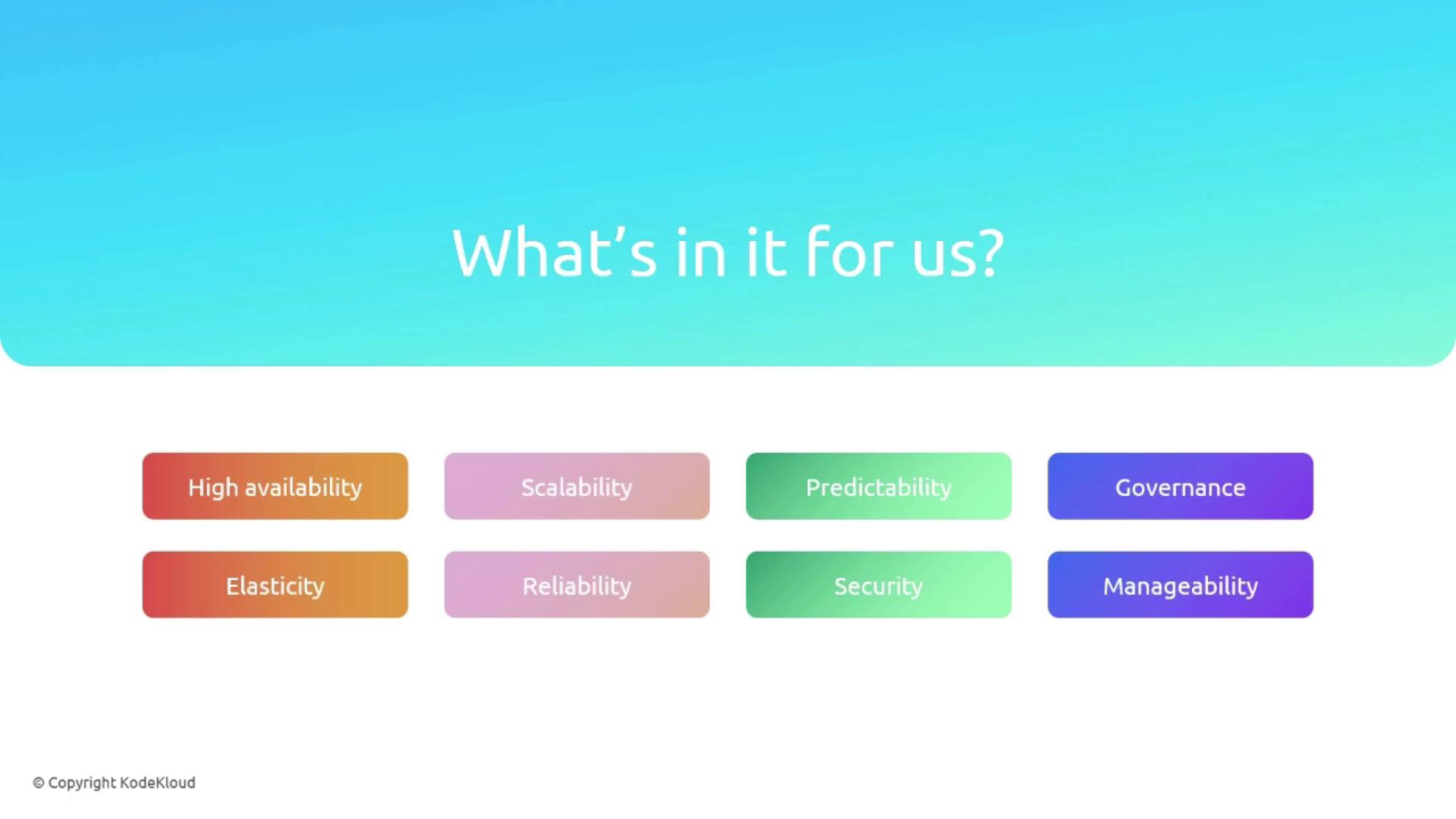
High Availability
High availability is crucial for delivering robust and continuously operational customer-facing services—even during an outage. Many organizations rely on on-premises setups that often include a single data center. When a server fails in such environments, the entire application may become unavailable, resulting in downtime, revenue loss, and diminished customer trust.
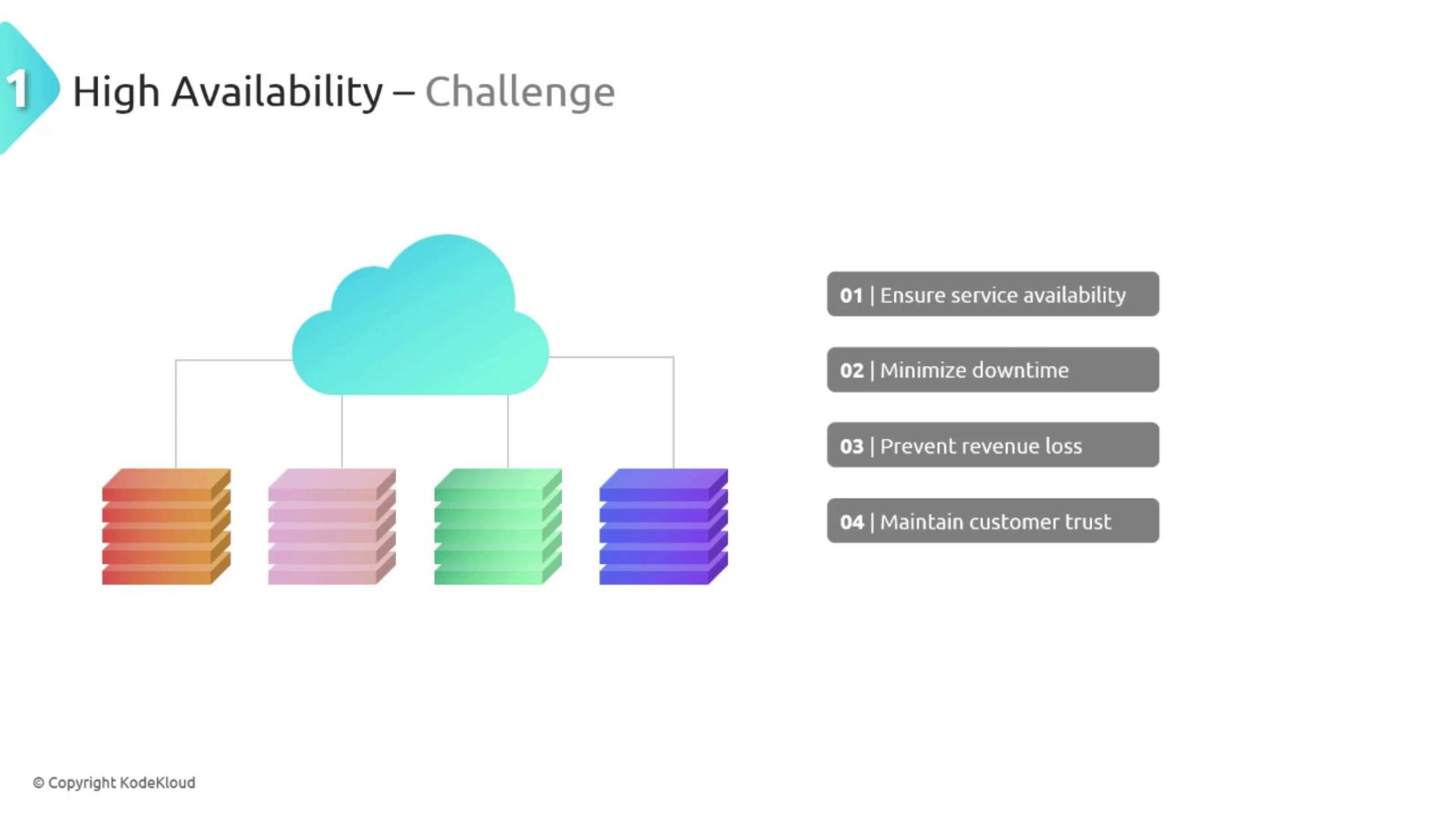
Cloud platforms overcome these limitations by leveraging geographically dispersed data centers. If one data center goes offline, the workload automatically fails over to another location, ensuring uninterrupted service.
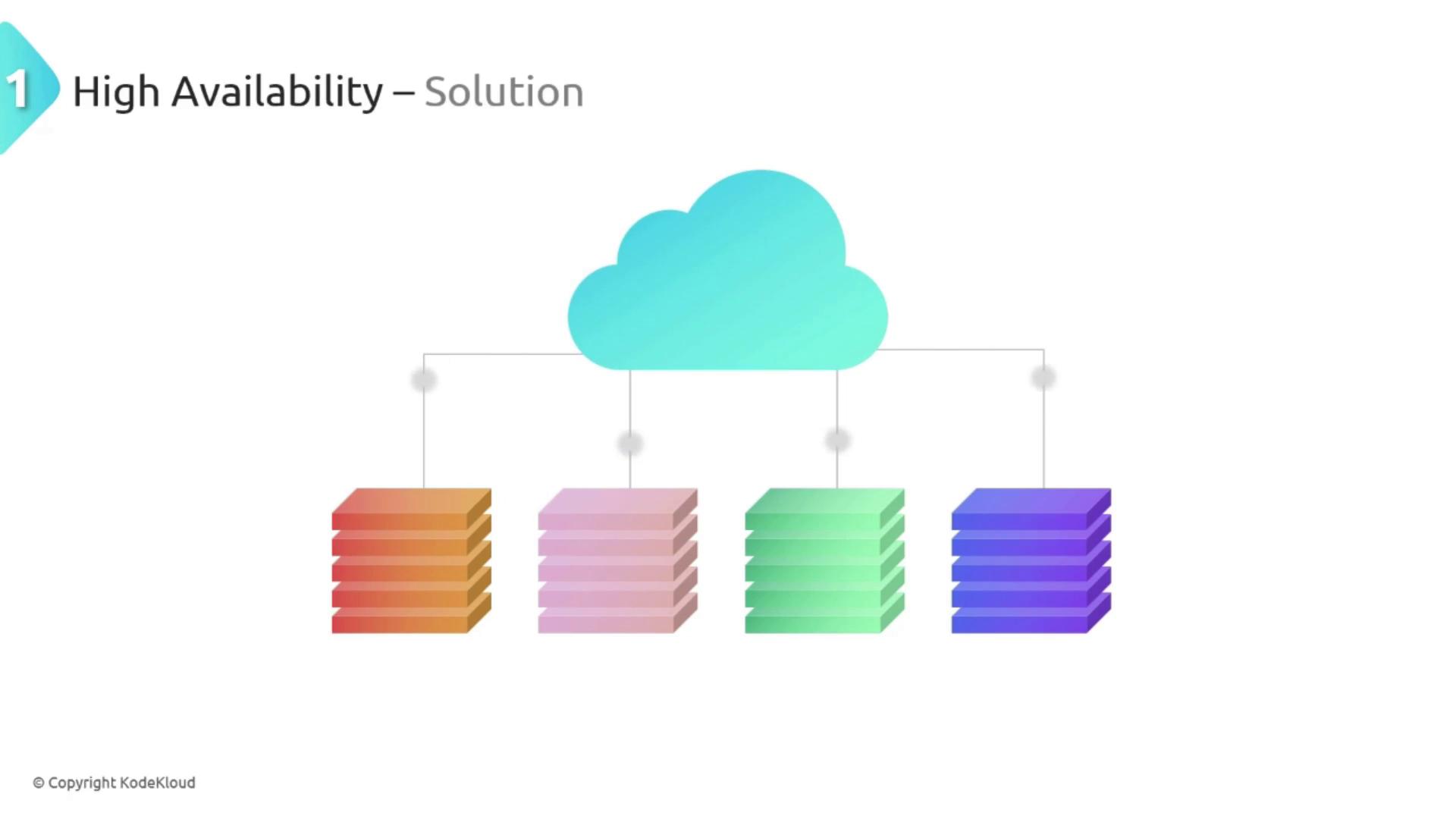
Additionally, cloud solutions come with built-in load balancing and redundancy. While an on-premises setup may require significant investment in multiple servers, redundant power systems, network connections, and backup cooling systems, cloud providers manage these redundancies across multiple locations. This approach removes the obligation to invest in and maintain your own data center infrastructure.
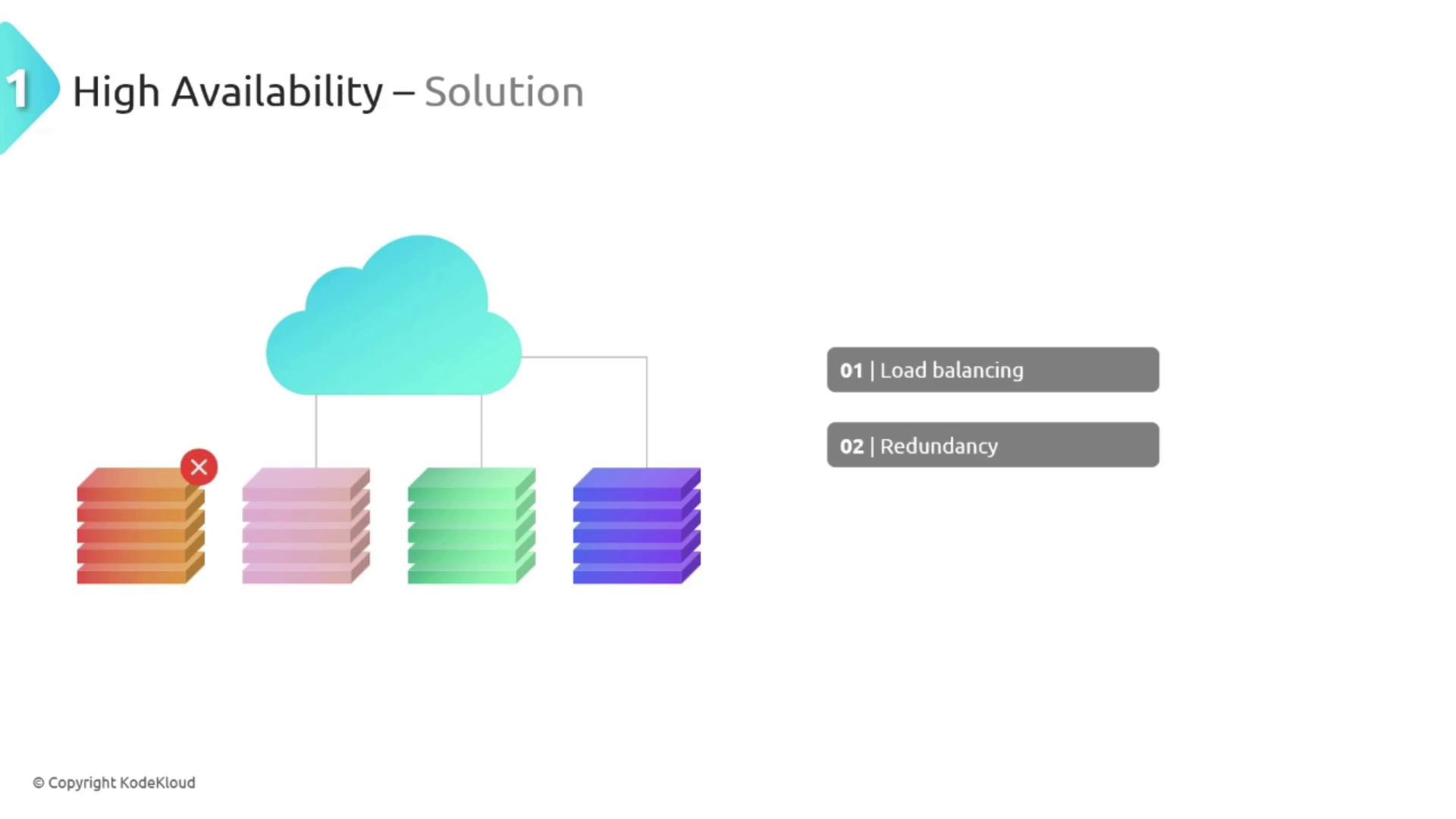
Scalability
As your business expands, so does the need for an IT infrastructure that can seamlessly handle increasing loads and adapt rapidly to changing demands. Traditional on-premises systems often require manual hardware upgrades, which can lead to downtime and high capital expenses. This can result in resource wastage during off-peak periods and shortages during demand spikes, such as major sales events.
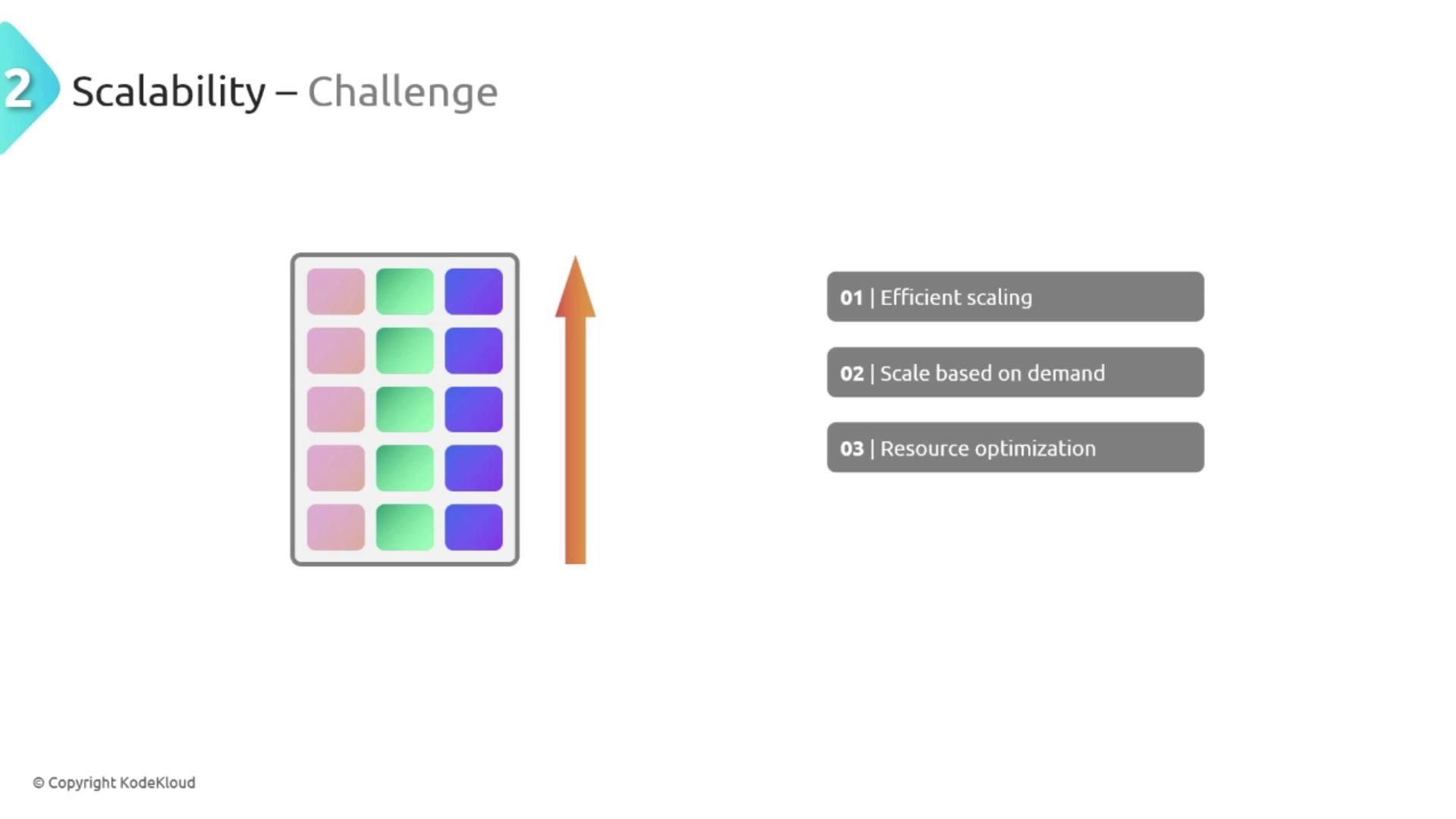
Cloud computing turns scalability into a strategic advantage through two primary methods:
- Vertical Scaling (Scaling Up): Boosts the power of existing machines by increasing CPU, RAM, or storage capacity.
- Horizontal Scaling (Scaling Out): Expands the system by adding additional machines to manage increased load.
With auto-scaling, a form of horizontal scaling, resources are adjusted automatically based on real-time traffic and usage. This consumption-based model means you only pay for the resources you actually need, and your infrastructure can quickly ramp up during peak demands.
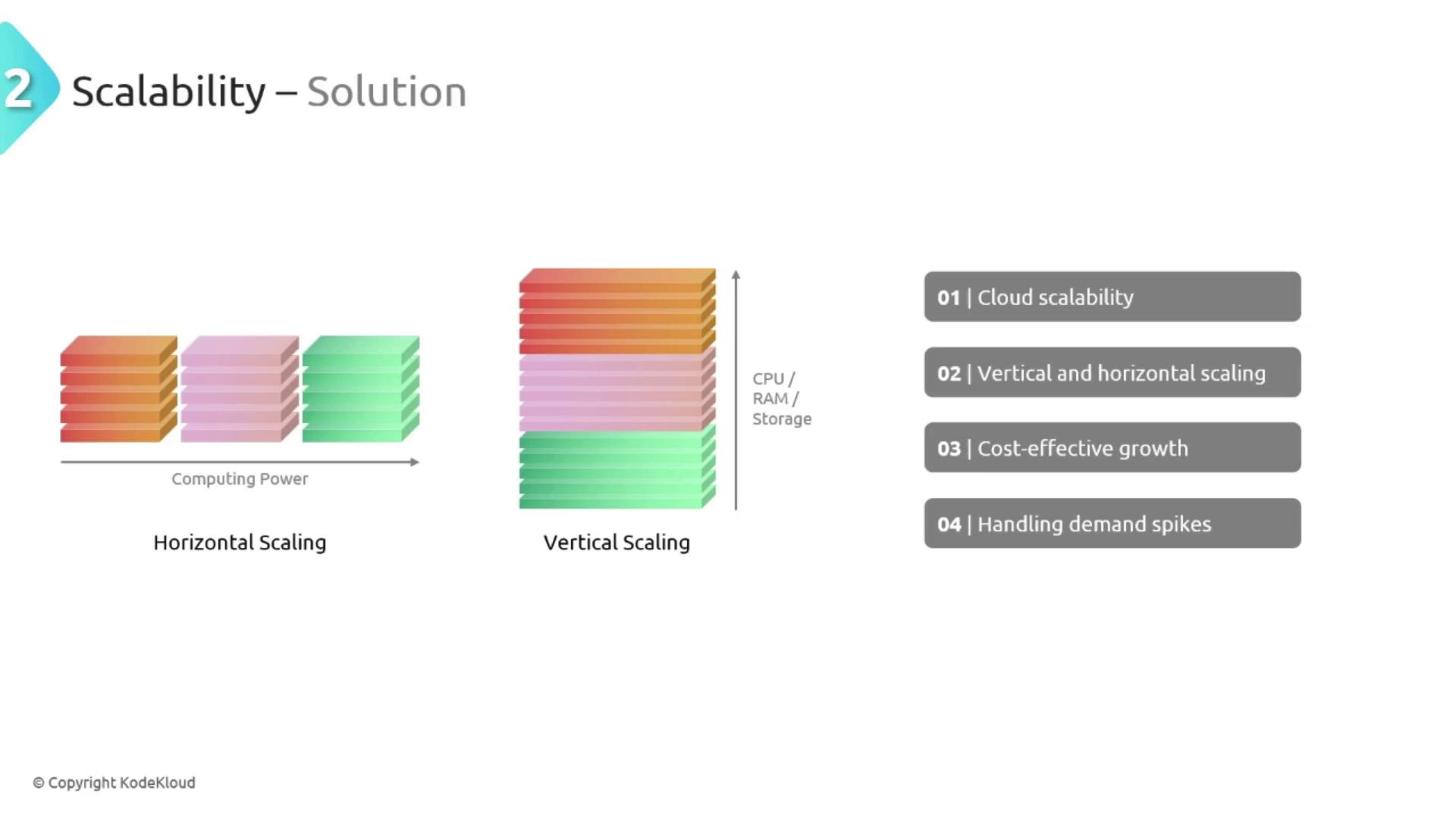
Predictability
Predictability in cloud computing enables organizations to plan budgets and allocate resources with greater accuracy. Traditional on-premises infrastructures require companies to estimate future demands and commit capital upfront, leading to either over-investment or capacity shortages. Hardware failures or sudden spikes in usage can further cause unexpected cost increases and performance issues.
Key challenges with on-premises setups include:
- Budgeting Challenges: Risk of over-investment or resource deficiencies due to inaccurate forecasts.
- Cost Spikes: Unanticipated expenses stemming from hardware failures or rapid expansion.
- Performance Impact: Potential slowdowns or outages during peak usage periods.
- Resource Allocation: Uneven resource distribution across different departments.
Cloud platforms offer comprehensive monitoring and management tools, allowing businesses to predict spending accurately, understand consumption patterns, and efficiently plan performance requirements. Detailed usage charts simplify financial planning and enable proactive resource management.
![]()
Governance
Effective governance is vital for ensuring that IT operations comply with internal policies and regulatory requirements. Managing consistent governance in a fragmented on-premises environment can be especially challenging. Common issues include:
- Governance Policy Consistency: Enforcing uniform policies across decentralized systems.
- Environment Compliance: Achieving cost-effective compliance with industry regulations.
- Data Protection Assurance: Implementing consistent security protocols across fragmented infrastructures.
- Operational Integrity Maintenance: Managing regular updates, patches, and maintenance without disruption.
Cloud computing simplifies these challenges by offering robust governance and compliance tools. Automated policy checks and streamlined compliance reporting reduce the administrative burden, ensuring operational consistency and enhanced security.
Note
Cloud providers often integrate tools that allow organizations to implement and enforce policies with a few clicks, reducing the need for extensive manual intervention.
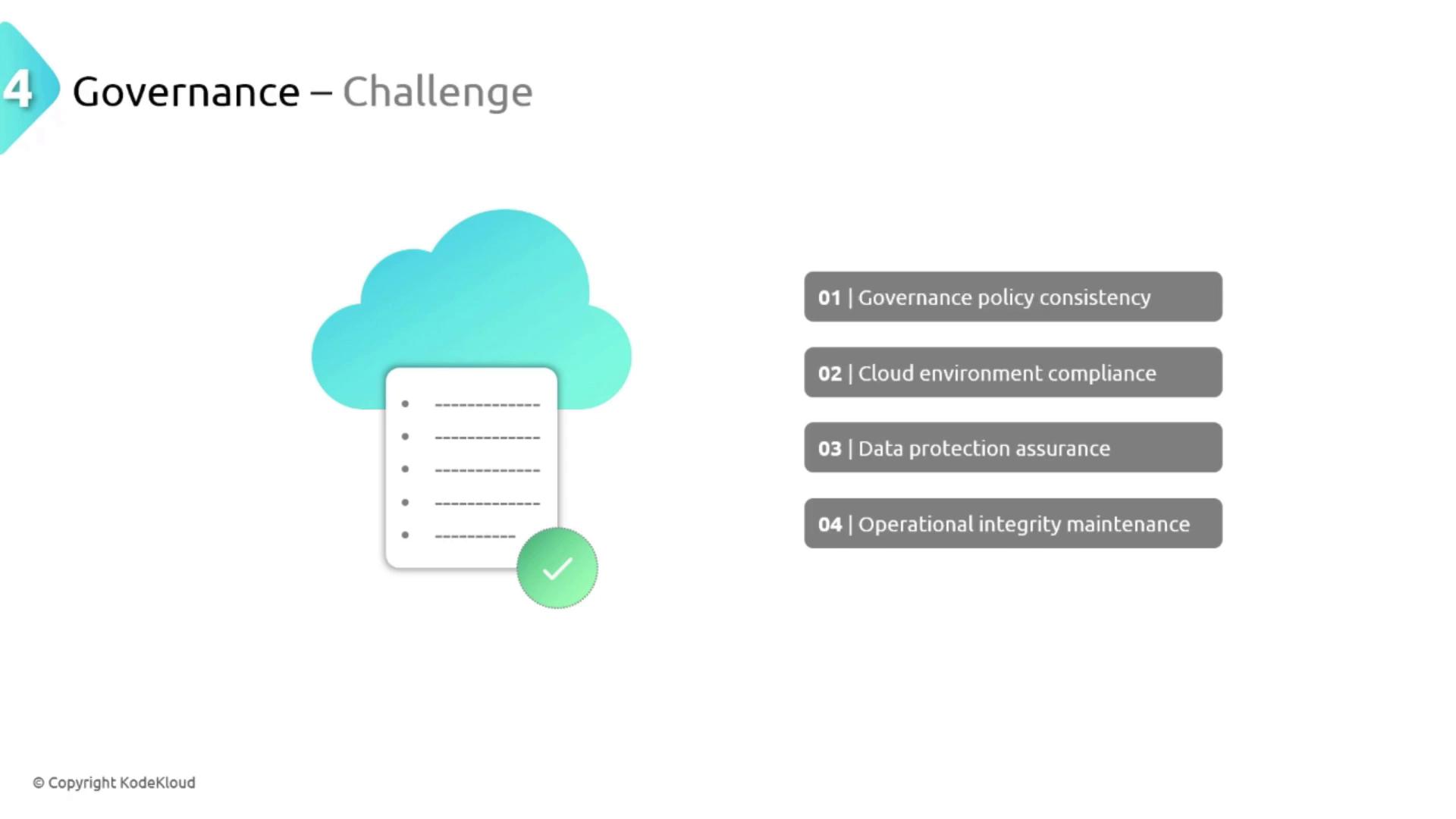
With a cloud governance solution, organizations can implement policies across their infrastructure quickly while offloading hardware maintenance to the provider. This streamlined method not only enhances security and compliance but also sets the stage for further discussions on the shared responsibility model.
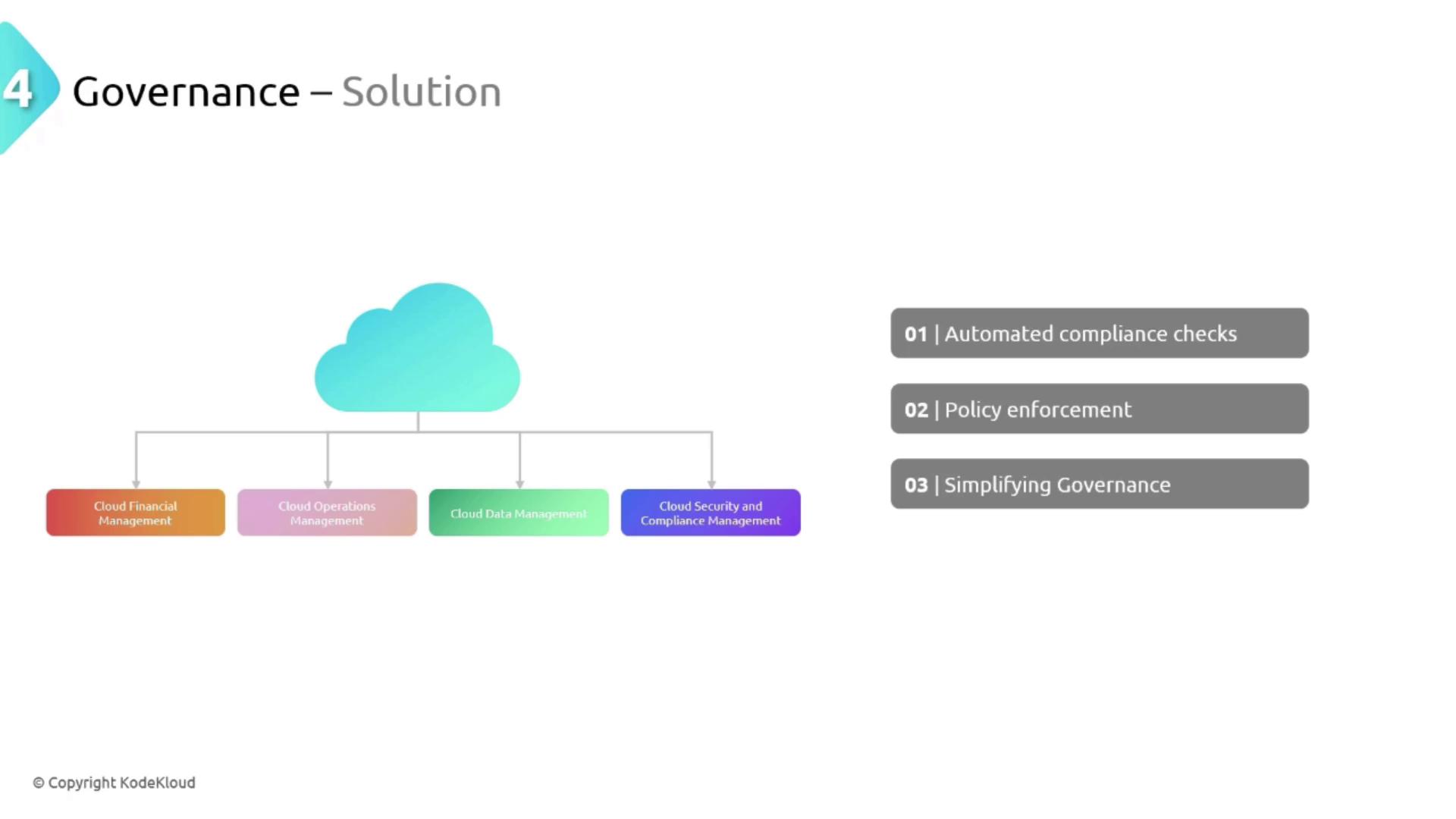
Next: Elasticity
The next benefit to explore is elasticity. Stay tuned as we continue to examine how cloud computing transforms traditional IT challenges into opportunities for improved performance and efficiency.
Watch Video
Watch video content